Do fabrics have a vibrational frequency?
When we talk about sustainable fashion, we often refer to fashion in relation to its environmental impact in comparison to synthetic fibres. However, at ZONE, we also believe that the clothing we wear not only impacts our environment but our entire being - our mood, movements and energy. It is our belief that clothing is an extension of being.
A study by Dr Heidi Yellen suggests that the fabrics in our wardrobe influence our wellbeing in ways we never imagined. Grounded in bioenergetics, the study reveals that everything vibrates at its own unique frequency. Yellen found that everything, including fabrics, has a unique vibrational signature that can influence our energy.
The Machine Behind the Study: Ag-Environ
Dr Yellen conducted her research with the Ag-Environ machine, a unique instrument that she used to measure the frequencies of fabrics. This digital machine was developed by a retired Texas A&M professor, Bob Graham. Initially designed to analyse the signature frequencies of agricultural commodities, the Ag-Environ machine helped farmers determine optimal harvest times. Its application in Dr. Yellen's study offered a means to quantify the vibrational qualities of different fabrics in relation to human health.
What Does “Frequency” Mean In Relation To Clothing?
Everything in the universe, from the air we breathe to the clothes we wear, is composed of atoms that vibrate at different speeds. This vibration is what we refer to as frequency. Although a large part of these frequencies lies beyond the scope of human perception, frequencies can be measurable and scientifically verifiable. The study indicates that the frequency of a healthy human body rests at 100.
When the frequency decreases below 100, it could imply a disruption in the body's natural balance, potentially leading to various physical and psychological symptoms.
The Relationship between Fabric Frequencies and Wellbeing
The study suggests a relationship between fabric frequencies and human health. High-frequency fabrics like linen, hemp, organic cotton and wool impart energy, while low-frequency synthetics might drain it. This interplay invites us to consider the materials we wear and their impact on our energy and wellbeing.
Linen: The High-Frequency Healer
Linen fabric, as ancient as civilisation itself, is the standout fabric in Yellen's study with a staggering frequency of 5,000. This is significantly higher than the human body's frequency, which averages around 100. Linen's high frequency suggests that it could impart energy to the wearer, potentially boosting vitality and well-being. Historically, linen has been revered for its healing properties, often used in bandages, linen sheets and clothing for its natural resistance to bacterial growth and fungi.
Wool: The Warm Embrace of High Frequency
Like linen, wool resonates at a frequency of 5,000. Renowned for its warmth and comfort, wool's high frequency suggests more than just physical warmth; it could also energise the wearer on a vibrational level. However, when linen and wool are worn together, their frequencies nullify, plummeting to zero due to their opposing energy flows.
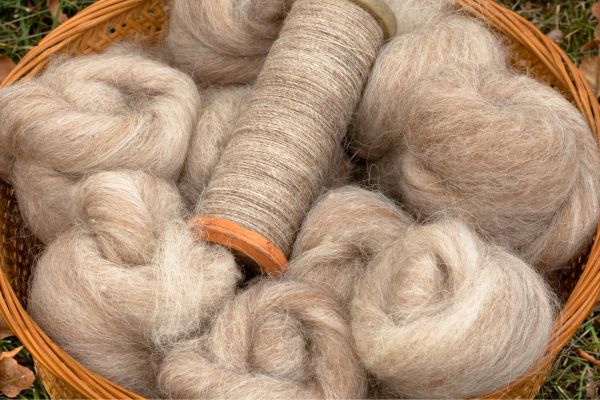
Organic Cotton: Harmonising with the Body
Organic cotton stands out with a frequency of 100, mirroring the human body's frequency. This harmony suggests a natural sync with our bodies, making organic cotton a comfortable and potentially health-supportive choice. Its non-organic counterpart, with a lower frequency of about 70, lacks this vibrational alignment.
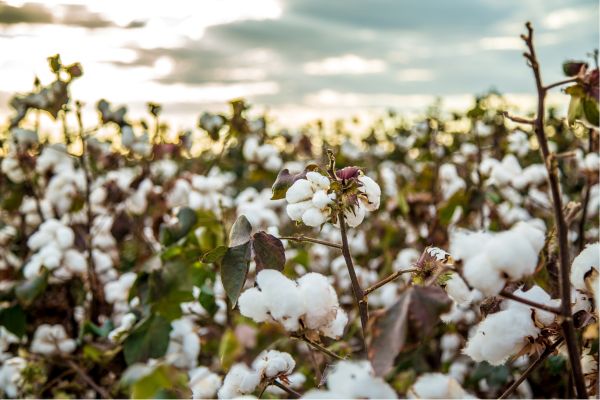
Silk: The Surprising Low Frequency
Silk, a fabric known for its luxurious texture, was measured at a frequency of just 10 in Dr Yellen's study. This shockingly low frequency could be attributed to modern processing methods, which often involve chemicals.
Traditional sericulture involves feeding silkworms or silk moths mulberry leaves, which demands significant resources like water, land, and energy. Chemical usage, including pesticides and insecticides, is common in silk production, and ethical concerns arise as silkworms are often killed during harvesting. While non-violent or peace silk methods exist, they are not widely adopted. Additionally, limited availability of sustainable options and the energy-intensive processing of silk contribute to its environmental footprint. Efforts are underway to enhance silk sustainability, but it currently lags behind alternatives like organic cotton, linen, or hemp in terms of environmental and ethical considerations.
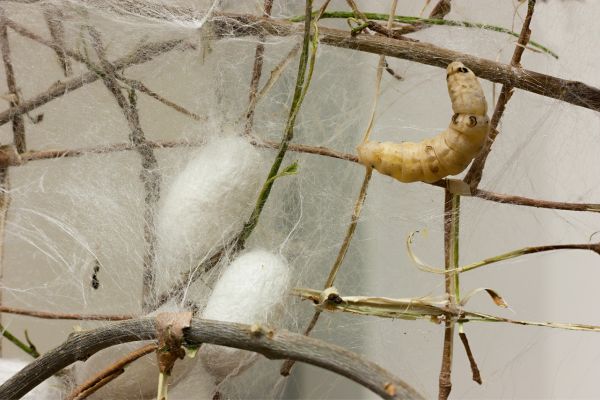
Rayon: Low Frequency
Rayon, another fabric examined in the study, recorded a frequency of 15. This fabric, often made from wood pulp or bamboo, requires chemical processes in its production. This low frequency and its chemically intensive production process highlight potential concerns regarding Rayon's vibrational compatibility with the human body.
Synthetic Fabrics: The Low-Frequency Concern
Synthetic fabrics like polyester, acrylic, and nylon, with a zero frequency, stand in stark contrast to natural fibres. According to Yellen's study, these petrochemical-derived materials are not only environmentally taxing but offer no vibrational benefit and might even be energetically draining.
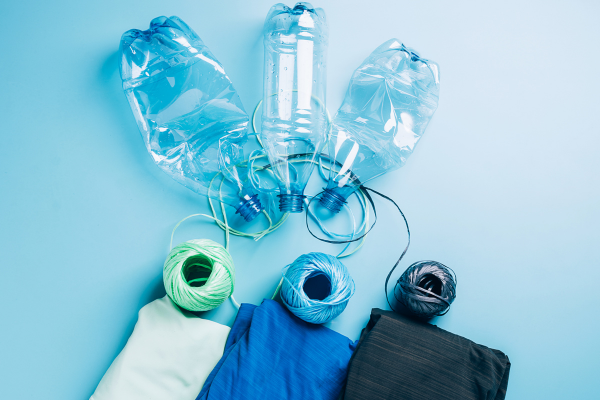
Hemp: The Sustainable Choice
Like organic cotton, hemp mirrors the human body at an impressive frequency of 100. The difference is, however, that hemp has far more environmental benefits over all other natural fibers - including linen. Hemp is very sustainable, being carbon-negative, pesticide-free and soil-enriching. In fact, hemp shares many properties of linen: it is non-static, UV-resistant, antibacterial and long wearing which is why we use it in our hemp clothing collection.
Hemp is the front runner if all natural fibers including linen. Firstly, hemp plants require less water and fewer pesticides and herbicides to grow compared to linen and cotton, making it a more environmentally friendly option. Additionally, hemp plants have a fast growth rate and high yield, meaning they can be harvested more frequently and produce more fibre per acre than linen plants. This makes hemp a more efficient and sustainable crop. Furthermore, hemp fibers are stronger, longer and more durable than linen fibers, resulting in longer-lasting products that do not require frequent replacement. Overall, the cultivation and utilisation of hemp have a lower impact on the environment and offer greater long-term sustainability when compared to linen and other natural fabrics.

The Effect of Dyes on a Fabric's Frequency
While Dr. Yellen's study primarily focuses on the frequencies of fabrics like linen, wool, and cotton, the impact of dyes – particularly synthetic ones – remains an area for further exploration. Considering the chemical processes involved in dyeing, these additives could alter the natural vibrational frequency of fabrics.
In contrast, natural dyes, which are eco-friendly and derived from plants, minerals, or other natural sources, are likely to maintain the fabric's original frequency, thus preserving its potential health benefits.

Frequencies Beyond Fabrics
Dr. Heidi Yellen's bioenergetics study reveals that fabrics possess unique frequencies influencing our energy and health. High-frequency fabrics like linen, wool, organic cotton, and hemp impart energy, while synthetic fabrics exhibit lower frequencies, potentially draining our energy.
Linen emerges as a high-frequency healer, historically revered for its healing properties, resonating at a staggering frequency of 5,000. Wool, with a frequency of 5,000, not only provides physical warmth but also energises on a vibrational level but should not be combined with linen. Organic cotton, mirroring the human body's frequency at 100, becomes a harmonious and health-supportive choice. In contrast, silk surprisingly exhibits a low frequency of 10, attributed to modern processing methods and ethical concerns in traditional sericulture.
Rayon, synthetic fabrics, and even silk present environmental and vibrational concerns, emphasising the need for sustainable choices. Hemp stands out as a front runner, mirroring the human body at a frequency of 100, and offering superior environmental benefits over other natural fibers.
Vibrational Frequencies Beyond Clothing
Dr Heidi Yellen's exploration into the vibrational energy of natural fabrics and synthetics invites us to reconsider not just our clothing, but all bioenergetic aspects of our lifestyle. At ZONE, we only make products from natural and sustainable materials that serve to support our personal vibrational frequencies with as little negative impact to the environment.
Sustainable Yoga Mats
The foundation of any yoga practice is the mat beneath us. Choosing sustainable yoga mats made from eco-friendly, non-toxic materials like natural rubber or cork is a much healthier option for our bodies when compared to cheaper yoga mats derived from petrochemicals. Materials like cork and natural rubber are grounded in their natural vibrational properties and offer a unique kind of support that cushions the body and supports our vibrational frequency.
Stepping onto a cork yoga mat ensures a grounding and energising base for our yoga practice. It can also enhance our connection to the natural world which has a calming and soothing affect on its own. If you’re looking to energise your practice with a sustainable cork yoga mat in Australia, check out the ZONE range of cork yoga mats.
Sustainable Yoga Props
In yoga, the tools we use are extensions of our practice. Sustainable yoga props, such as yoga blocks made from cork and jute yoga straps relate to Dr. Yellen's research findings. These natural materials, revered for their minimal environmental impact, in theory, could hold the potential to maintain or enhance our body's natural energy field and can contribute to a more balanced and energetically aligned yoga experience. Our beautiful range of sustainable cork yoga mats, will support your energetic balance throughout every practice whilst our sustainable yoga props will give you the support you need.
Essential Oils Australia
Integrating essential oils into yoga and meditation practices opens up our energetic flow. Certain essential oils like those found in our Focus blend carry distinct qualities that can positively influence energy levels and mood. The subtle yet empowering impact of these essential oils can also aid in achieving heightened mental clarity, emotional balance and overall wellness.

Elevate Your Vibrational Frequency with ZONE by Lydia
Shop Our Sustainable Hemp Clothing Now! Or wrap yourself in high frequency comfort with our 100% Pure Linen shavasana blanket.
Enjoy the comfort of our new range of Hemp Underwear, Hemp Leggings as well as sustainable Tees & Tanks and more!
Immerse yourself in our Australian-made essential oil blends and sprays to uplift your focus and energy. Check out our essential oil range today.
Get $30AUD flat rate International shipping for orders over AUD $200!









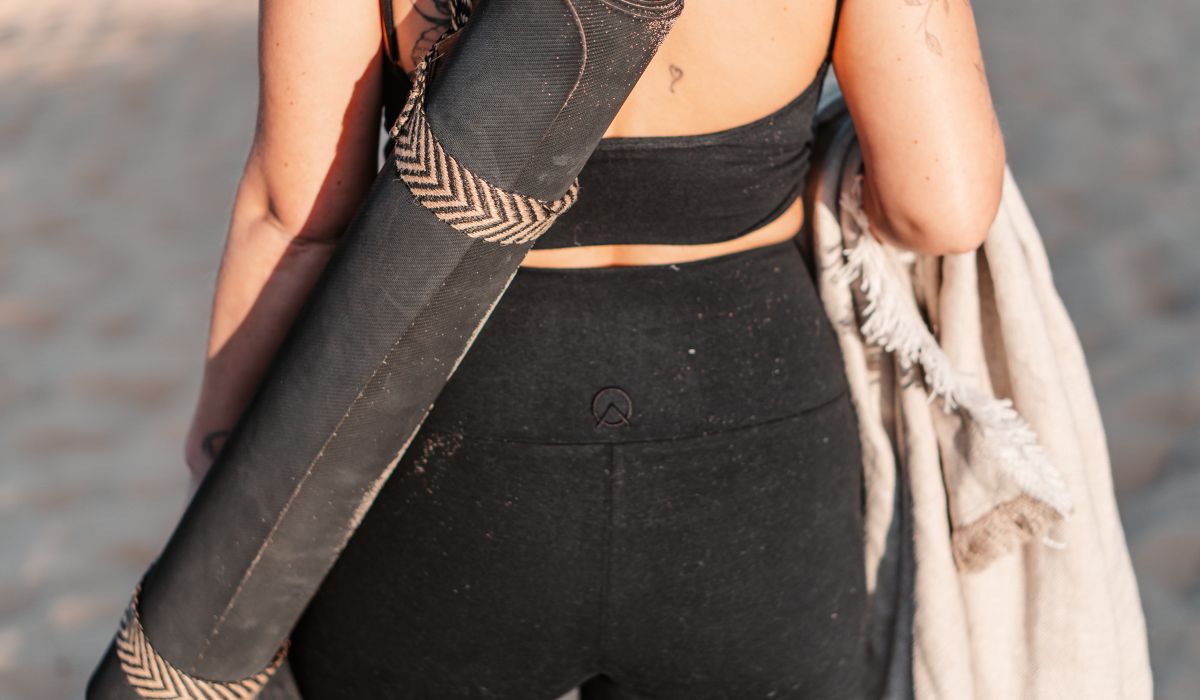





26 thoughts on “The Frequency Of Clothing: What Fabrics Support Your Health?”
Dimitrios
Hello,… I need some clarification please,…
There’s lots of articles that actually say pure silk also has a vibrational frequency of 5000 hz
Could someone please confirm this,…
Miss April
I’m not seeing answers from the questions I have which are similar. Than someone complained about Dr. Yellen not being a researcher or scientist. Can’t remember. Doesn’t matter. Anyone can do research.
So where to find any research on if you wear wool slippers/boots & had on a linen hat it shirt. It had on linen & polyester. Etc etc.
Any ideas where these things have been tested & documented?
Antoinette
Do you know the frequency of Alpaca wool, please?
Thank you
Darren
@DEBBY
Frequency of Kashmir Clothing
Based on the provided search results, Kashmir clothing, specifically traditional attire such as the Pheran and suits, does not have a vibrational frequency mentioned. The search results primarily focus on the vibrational frequencies of fabrics like cotton, linen, and hemp, highlighting their potential impact on human health and wellbeing.
Kashmir clothing, as described in the search results, is characterized by intricate embroidery, Zari, and other ornamentation, with a focus on cultural and traditional designs. The fabrics used in Kashmiri clothing, such as wool and silk, are not explicitly mentioned in the search results as having specific vibrational frequencies.
Therefore, it is not possible to provide a frequency for Kashmir clothing based on the available information. The vibrational frequencies discussed in the search results are related to specific fabrics and their potential effects on human health, rather than the traditional clothing of Kashmir.
Debby
What is the vibrational frequency of Mongolian Kashmir from goats? Do you know I can’t seem to find it anywhere thank you so much. Have a wonderful wonderful. Wonderful day.